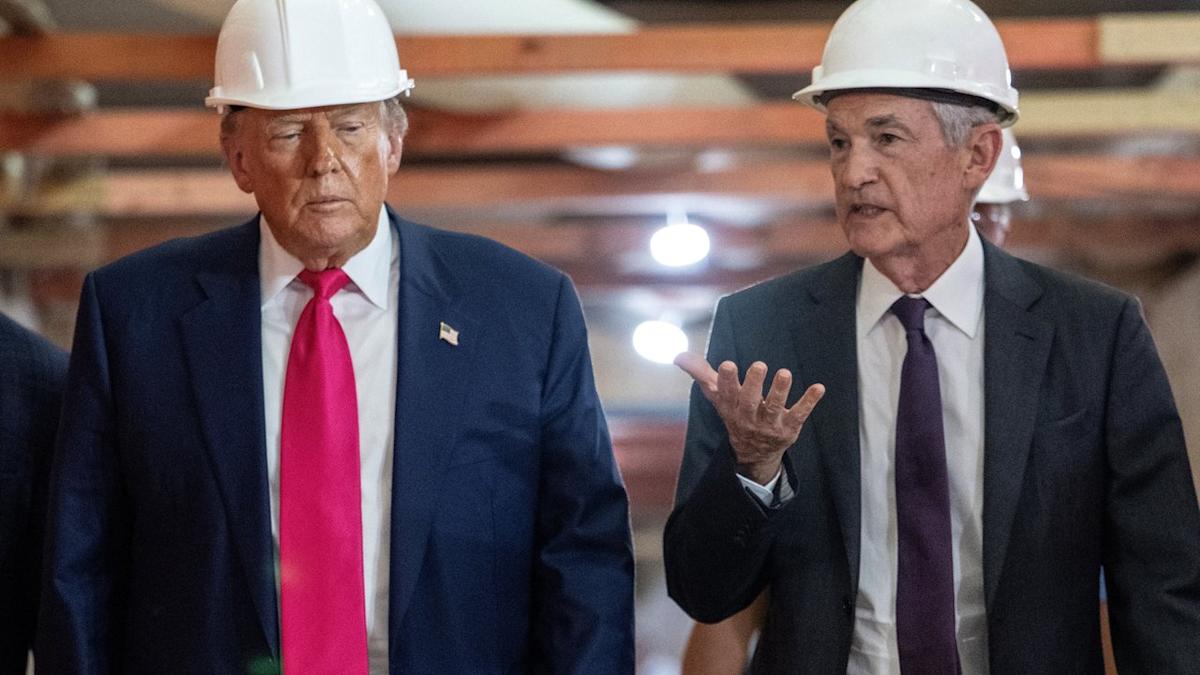Trump’s crusade against the Fed has only delivered mixed results for him so far
As 2024 came to a close, the Federal Reserve had appeared to pull off a rare feat: quelling an inflation spike after the pandemic without causing a recession, otherwise known as “a soft landing.”
It soon collided with President Donald Trump’s determination to remake the central bank. Once financial markets settled in April after the rocky rollout of his global tariffs, he renewed attacks on the central bank that were a defining feature of his first term.
“Powell’s termination cannot come fast enough!” Trump said in a social media post at the time, adding he was “TOO LATE” on lowering interest rates.
What followed was a summer of unprecedented public crusade against the Fed from Trump, who appears intent on gaining control over monetary policy to secure lower interest rates. From badgering Powell over costly renovations of the Fed’s headquarters to seeking Federal Reserve Governor Lisa Cook’s ouster over allegations of mortgage fraud, the president has kept up a near-daily pace of broadsides. On Monday, Trump said Powell’s Fed should slash interest rates even “BIGGER THAN HE HAD IN MIND” in another social media post.
The president has chipped away at the Fed’s traditional separation from the executive branch. Powell is still helming the U.S. central bank and has made clear he will not step aside. One of Trump’s top economic advisors, though, is close to landing a seat on the Fed’s Board of Governors without resigning from his White House role in an unprecedented arrangement. Whether Cook will cast a vote this week is still unclear pending legal proceedings.
“This takes us into new territory. We simply haven’t seen it,” David Wilcox, senior fellow at the Peterson Institute for International Economics and director of U.S. economic research at Bloomberg Economics, told Quartz. “In my mind, it represents, if not the end of central bank independence, it represents the closing of a chapter.
The Fed has a major challenge ahead that would be tricky even in better circumstances. Last week, revisions to monthly job reports show employment growth through most of last year was dramatically lower than previously thought. That usually calls for slashing borrowing costs to stimulate economic activity.
However, prices for everyday goods are climbing as a result of Trump’s tariffs, which typically demands increasing those same borrowing costs to limit demand. Financial analysts believe the Fed will slash interest rates by a quarter point, opting to shore up a weakening labor market. Up to now, the central bank has stood still on interest rates while measuring the effect of Trump’s tariffs on prices.



Leave a Comment
Your email address will not be published. Required fields are marked *